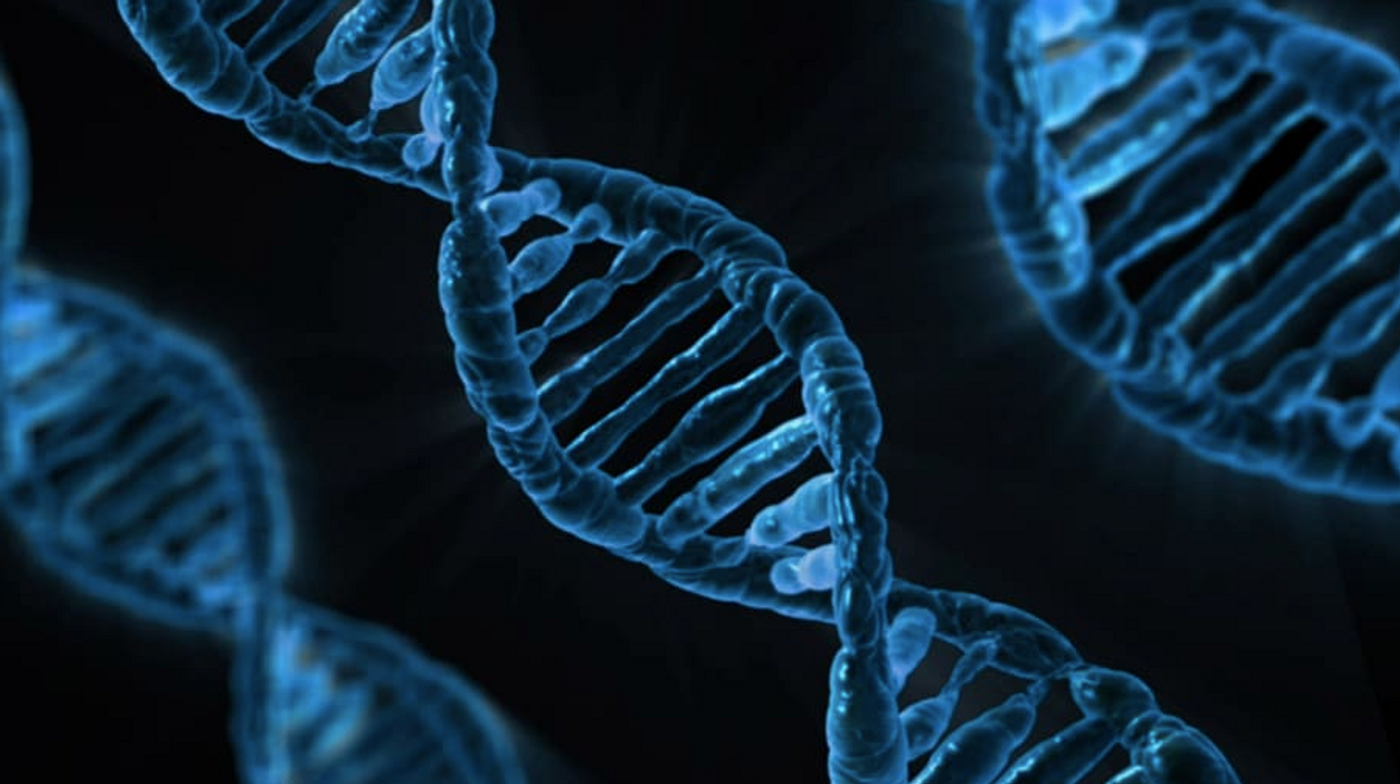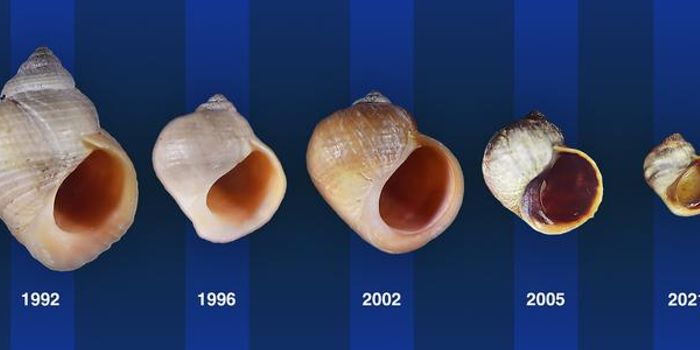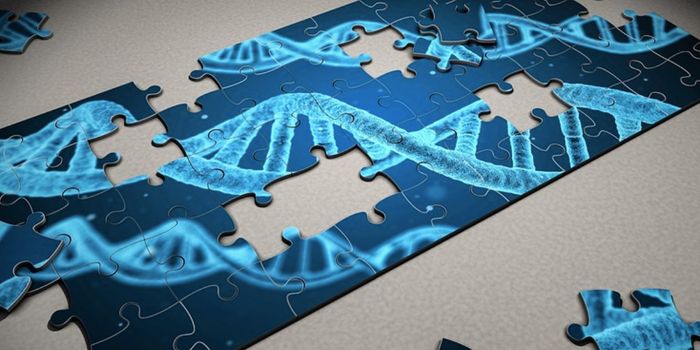How Double-Stranded DNA May Play a Critical Role in Memory and Recall
Breaks in DNA are typically associated with harmful conditions, and the cell has ways to repair this damage. But it's been suggested that double stranded breaks (DSBs) are an essential part of the process of rapidly responding to changes in our environment. In 2015, researchers reported that some genes have to be expressed immediately when we have to access or store a crucial memory for a quick reaction. Some genes might be a bit inaccessible, however, because of how DNA is carefully arranged and compacted. In order to quickly reach genes that have to be expressed, the cell may induce double-stranded breaks.
Now, the same research team has found that brain cells may tap into their DNA using DSBs far more frequently than we knew, to give our brains access to the mechanisms of memory formation. The work has been reported in PLOS One. Senior study author Li-Huei Tsai, the Picower Professor of Neuroscience at MIT and director of The Picower Institute for Learning and Memory, noted that the extent of DSBs is concerning; though brain cells can repair DSBs, that response may not work as well as we get older. The Tsai lab has shown that DSBs that remain unrepaired are linked to cognitive decline and neurodegeneration.
"We wanted to understand exactly how widespread and extensive this natural activity is in the brain upon memory formation because that can give us insight into how genomic instability could undermine brain health down the road," said Tsai. "Clearly memory formation is an urgent priority for healthy brain function but these new results showing that several types of brain cells break their DNA in so many places to quickly express genes is still striking."
In this work, the researchers exposed mice in a box to electrical zaps, giving them a fear memory. Then they analyzed DSBs and gene expression in the brains of these mice and mice that had not been exposed to the shocks. The number of DSBs in neurons were very high in the fear-conditioned mice, especially in regions involved in memory. Additional work confirmed these changes, and that the expression of genes that affect synapses was altered.
While the scientists had expected to see changes in gene expression linked to DSBs, there were about 125 genes with altered transcription, which was far more than they anticipated. Gene expression was changing not only in neurons, but also in cells called glia.
There were also fear-induced genetic changes in molecules that are related to hormones. For example, some alterations were seen in glucocorticoid receptors; glucocorticoids are known to be released in response to stress. When the hormone receptors were stimulated directly, the scientists were able to cause the same DSBs that were linked to fear conditioning. If the receptors were blocked, the fear-conditioning-induced gene transcription changes were prevented.
The researchers were surprised by the degree to which glia appear to be involved in the stress response. More work will be necessary to show that fear-induced DSBs are disrupting brain function in old age.
Sources: AAAS/Eurekalert! via Picower Institute at MIT, PLOS One









